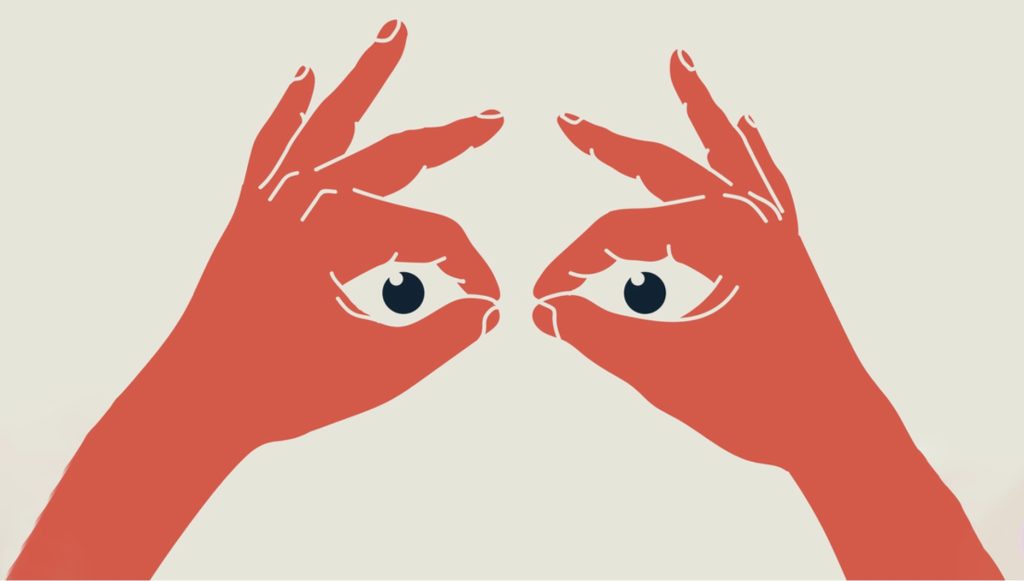The male gaze describes a way of portraying and viewing women that sexualizes and devalues women while empowering them, that treats women as passive objects to be possessed and used as props. The term was first popularized in connection with the portrayal of female characters in films as inactive, often explicitly sexualized as objects of male desire. However, the influence of the male gaze is not limited to the characteristics displayed by women. Instead, it extends to the experience of being seen in this way, both for the female characters on screen and for the audience, and to all women in general.

Obviously, this problem not only appears in individual film texts, but also is known as the convention of mainstream films, forming the gender bias contained in film language, affecting the gender expression of the entire visual culture, becoming a mechanism to dominate the female image, and having a negative impact on female identity.
二.Gaze in film
In the era of visual communication, this staring relationship is also filled with the screen, where the camera reaches the focus of attention, and the female body becomes the object of attention. No matter what kind of film, the women in the show are mostly portrayed as beautiful and sexy, but they often appear only to add light to the male world

For example, Monica in the film “Malena” is a woman who makes people amazing in a public place. In the film, close-ups of wavy long hair, tight culoettes, silk stockings, high heels and other close-ups are used to construct visual symbols and images about women, and these elements are full of various metaphors and suggestions.
Here, Madeleine is no longer a complete woman, but a partial sexual fantasy object that is “dismembered”, produced not only by the characters in the film, but also by the off-screen audience, which follows the inherent mode of male gaze and tries to cater to the mainstream male aesthetic.


This observation about Malena illustrates how the male gaze dismembers a woman’s identity, reducing her to fragmented parts that align with patriarchal fantasies rather than portraying her as a complex, autonomous individual. The focus on close ups of physical features, hair, stockings, heels highlights how visual storytelling can reinforce objectification, turning a character into a vessel for desire rather than a fully realised decision person.
The concept of dismemberment is especially relevant, as it reflects the broader cultural tendency to prioritise e certain traits that conform to the male aesthetic while erasing the woman’s agency and humanity. This serves not only the narrative within the film but also perpetuates these objectifying dynamics for the off screen audience.
It raises an important question: how do these visual choices shape the viewer’s understanding of the character, and what does it reveal about the power structures inherent in the production and consumption of visual media? To counteract this, filmmakers might consider perspectives that humanise and empower female characters, using framing and narrative techniques that center their inner lives rather than external appearances.